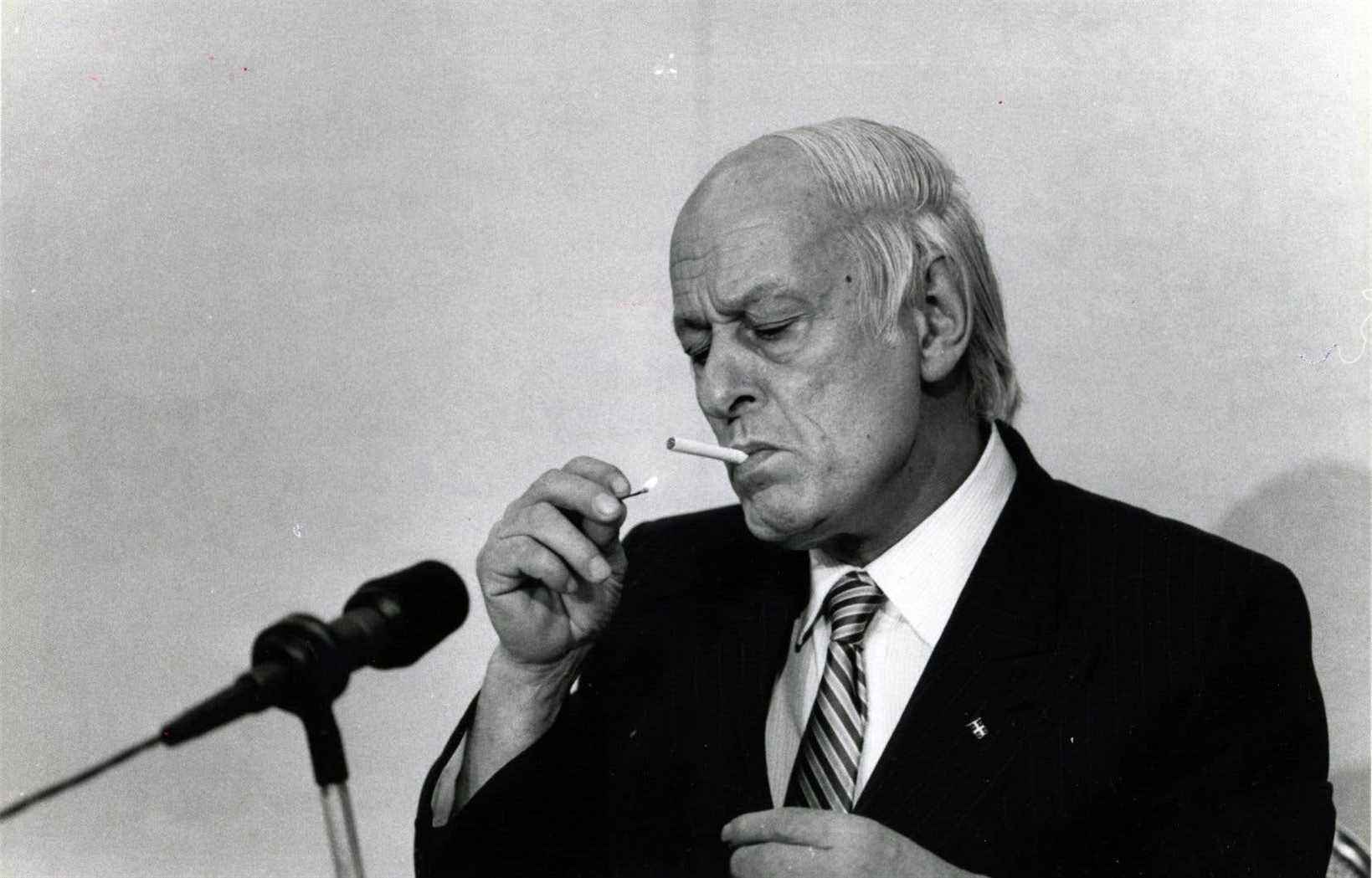In order to present, next November, an exhibition devoted to former Prime Minister René Lévesque on the occasion of the centenary of his birth, the Musée de la civilization in Québec is looking for objects likely to document his existence. .
According to Coline Niess, in charge of exhibition projects, the public knows Lévesque’s life well through numerous documentaries. “We want to get to know a more intimate Lévesque. We hope that someone, in the Gaspé, filmed him with his Super 8 camera or that someone kept images of him during a spaghetti dinner or whatever. Things like that. Nothing important a priori, in national terms, but things that relate more to the emotion and the sense of identity aroused by the character. »
Why is a collection of documents occurring only today, almost 35 years after his death? ” It’s a good question. There have been many known things about him, which are already in the archives. We are starting to look in archives for the exhibition, which does not yet have a title. »
Has the museum’s research already made it possible to find new elements likely to ensure a better understanding of the character? “In terms of private life, we have an employee who, learning about our project, told us that he was still playing at René Lévesque’s poker table”, which came to him through several detours. “We love the stories linked to the object. »
Coline Niess adds that she was surprised to discover René Lévesque’s eating habits, in which she sees, mirrored, the spicy side of his public life. “I didn’t know he always had a bottle of tabasco sauce or something super spicy on him. He even put it on his Gaspésie lobster. Everything for him was perhaps too bland. I liked this story of the bottle of tabasco in his pocket. »
Until April 14, the Musée de la civilization hopes to receive contributions from the general public to collect “objects, documents, artistic works or material memories related to the life of René Lévesque”. The team put in place for this exhibition will assess the relevance of the objects received in order to know if they will be selected for an indoor presentation.
Private life, public life
In the past, people in the Church were sanctified through objects. Is it the same thing that now awaits René Lévesque? ” Not at all ! retorts Coline Niess, without however denying that it is indeed around the figure of “a great man” that the story is envisaged here. The common thread of the upcoming exhibition, she says, is to see how character traits from Lévesque’s private life may have influenced his public life. “Without sanctifying it, we want to manage to show how its particular character played out. We will also show that it was not unanimous. We want a more open reading. At the museum, we have an Aboriginal advisory committee. The first thing we were told was that, for them, hydroelectricity is a disaster. For everyone in Quebec, there is a [Lévesque] individual who sees himself according to his own positions, according to his interests. »
Without sanctifying it, we want to manage to show how its particular character played out. We will also show that it was not unanimous. We want a more open reading.
The Musée de la civilization is collaborating with the René-Lévesque Foundation to set up this exhibition, which should officially open its doors on November 17. It promises to retrace all the stages of Lévesque’s life until his death, which occurred at his home in 1987. The presentation will rely on the dissemination of archival documents and significant objects. In the preparatory momentum for this exhibition, the Museum regrets that few “material witnesses or documents associated with his childhood, adolescence and young adult life remain”.
It is therefore objects related to his life in the Gaspé and his young adult life in Quebec that are sought in particular. Attention is also paid to his assignments as a war correspondent, his life as a journalist and, of course, his long political career.
